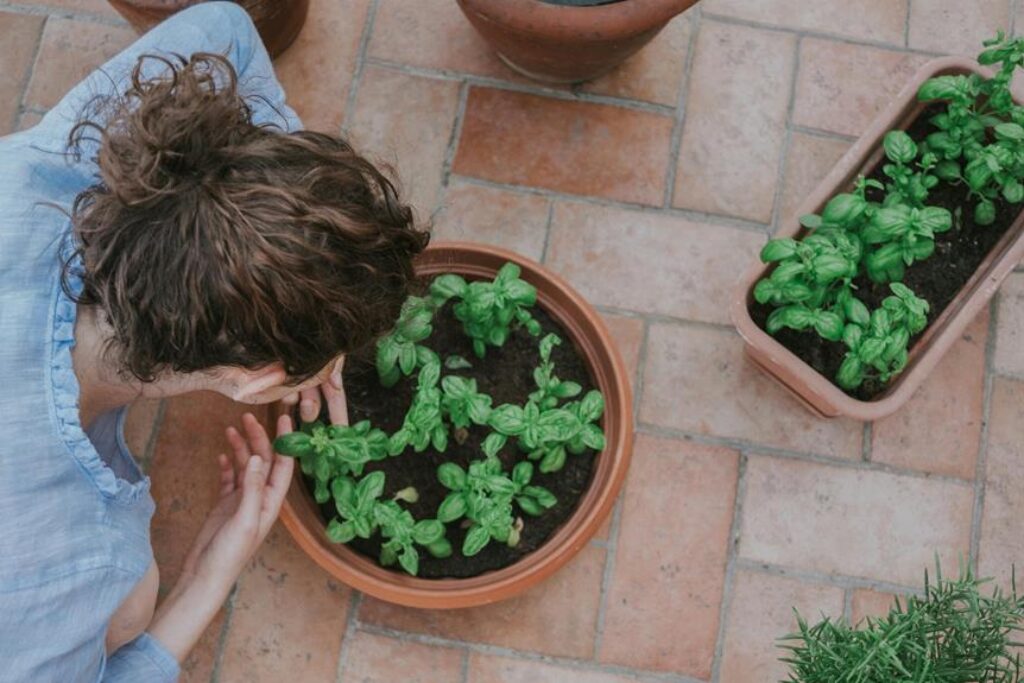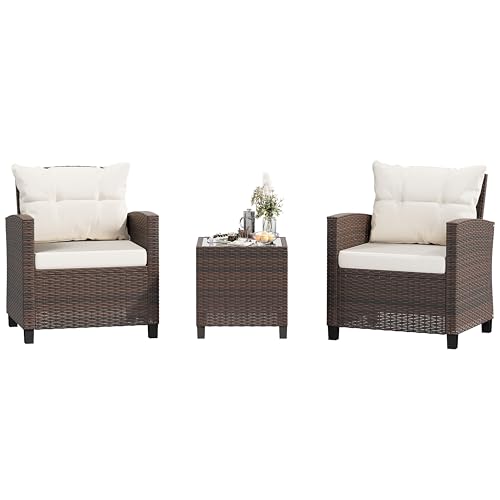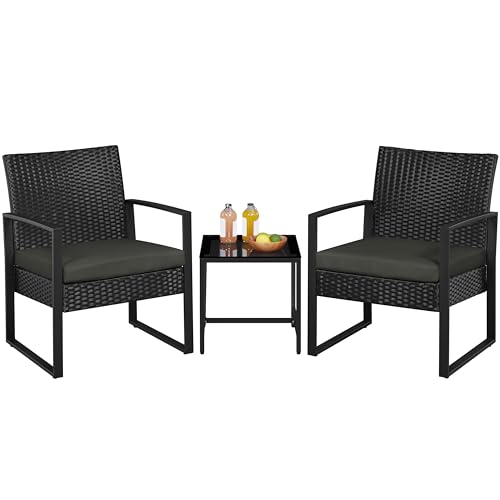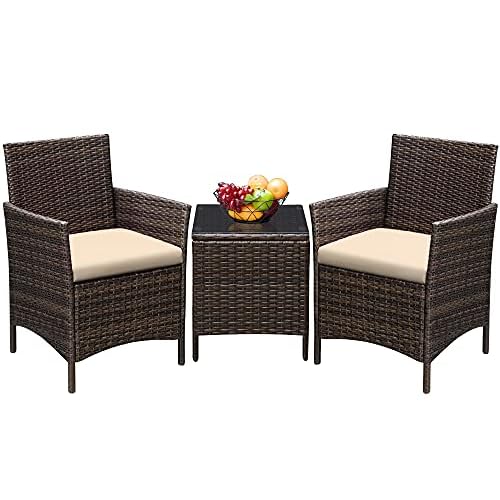
If you want to master the art of growing herbs year-round with seasonal care, understanding the specific needs of each herb during different seasons is crucial. By tailoring your care routines to the changing weather patterns, you can ensure your herbs thrive regardless of the time of year. From selecting the right herbs for each season to providing essential care tips, there are various strategies to explore. So, are you ready to elevate your herb-growing game and discover the secrets to a flourishing herb garden in every season?
Choosing the Right Herbs for Every Season
To grow herbs year-round successfully, you must select the appropriate herbs for each season based on their growth requirements and the climate in your region. In spring, consider planting herbs like basil, chives, and parsley that thrive in moderate temperatures and ample sunlight. These herbs will flourish as the weather warms up, providing fresh flavors for your dishes.
As summer approaches, transition to herbs such as rosemary, thyme, and oregano that can withstand the heat and require less water. These robust herbs will continue to thrive even in the peak of summer, enhancing your culinary creations with their intense flavors.
When fall arrives, opt for herbs like sage, cilantro, and mint that can withstand cooler temperatures and shorter daylight hours. These herbs can add a burst of freshness to your meals as the season changes.
Essential Care Tips for Spring and Summer
Make sure to provide adequate sunlight and water for your herbs during spring and summer to support their growth and flavor development. As the days get longer and warmer, your herbs will require more water, so be attentive to their needs. Water them deeply a few times a week, allowing the soil to dry out slightly between waterings to prevent root rot.
During the spring and summer months, herbs thrive in sunlight. Ensure they receive at least 6-8 hours of sunlight daily. If you’re growing them indoors, place them near a sunny window or use grow lights to supplement natural light. Proper sunlight exposure will help your herbs photosynthesize efficiently, promoting robust growth.
Regularly check your herbs for pests like aphids, spider mites, or caterpillars, which are more active during the warmer seasons. If you notice any pests, gently wash your herbs with a mixture of water and mild soap to remove them.
Maintaining Herbs During Fall Transitions
As the weather begins to cool down, adjusting your herb care routine becomes crucial for ensuring their health through the changing seasons. During fall transitions, it’s essential to monitor the temperature fluctuations and adjust watering schedules accordingly. With the decreasing daylight hours, consider moving potted herbs closer to a light source to maintain their growth.
Fall is also the perfect time to prune herbs that have grown vigorously during the warmer months. Trimming them back will help promote new growth and prevent legginess. Remember to harvest any remaining herbs before the first frost hits to avoid damage to the plants.
As temperatures drop, consider bringing more delicate herbs indoors or providing them with extra insulation. Mulching around outdoor herbs can help regulate soil temperature and protect roots from extreme cold. Keep an eye out for signs of pests seeking shelter in the plants as well.
Winter Strategies for Herb Survival
Adjust your herb care routine during winter to ensure their survival through the colder months. As temperatures drop, it’s crucial to protect your herbs from frost and freezing conditions. Consider bringing potted herbs indoors to a sunny spot near a window, where they can still receive adequate sunlight. If your herbs are planted in the ground, covering them with a layer of mulch can help insulate the roots and protect them from extreme cold.
During winter, reduce the frequency of watering your herbs, as they require less water in dormancy. Be cautious not to let the soil dry out completely, but also avoid overwatering, which can cause root rot. Trim back any dead or yellowing leaves to promote new growth and prevent disease.
Additionally, consider supplementing natural light with grow lights to ensure your herbs receive enough light for photosynthesis. Keep an eye out for pests that may seek shelter among your indoor herbs and treat any infestations promptly. By adjusting your care routine to cater to your herbs’ winter needs, you can help them thrive and survive until the warmer months return.
Garden














